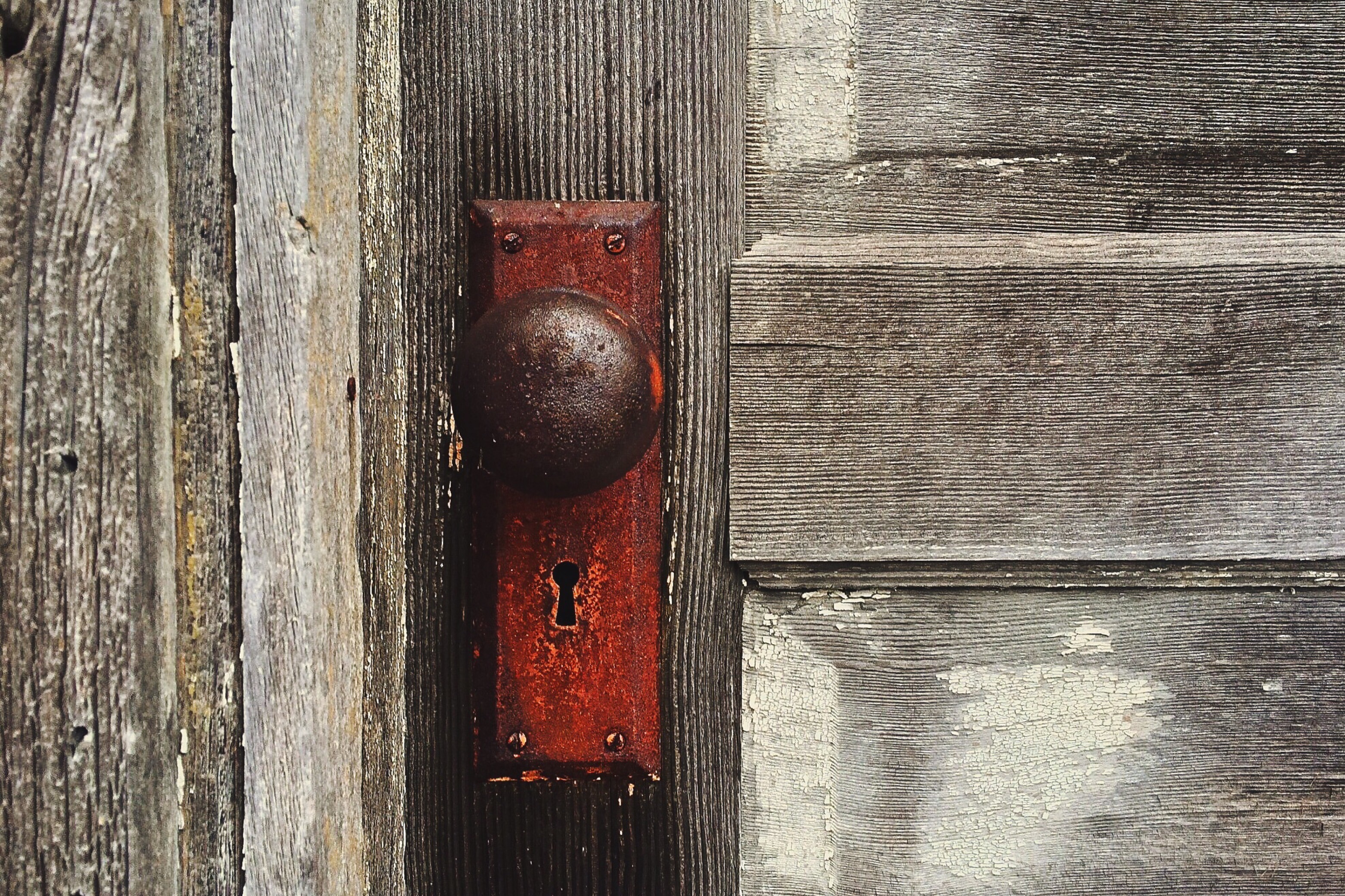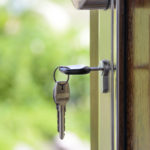Although Security Deposits are not legally required for a tenancy to take place, most landlords require one before a tenancy commences. A security deposit helps to ensure against damages to the property and unpaid rent by the tenant, and gives the landlord access to immediate funds to cover these expenses should they be incurred. California law provides strict laws for landlords regarding the handling of tenants’ security deposits.
Amount of Security Deposit
The amount that a landlord may require for a security deposit varies depending upon the monthly rental value of the unit. The amount legally allowable for a security deposit is calculated as follows:
Unfurnished rentals: The equivalent of two (2) months of rent
Furnished rentals: The equivalent of three (3) months of rent
Interest paid on Security Deposits
Under California state law landlords are not required to pay interest on security deposits. However in some jurisdictions such as San Francisco and Berkeley, local laws require Landlords to pay interest on a tenant’s security deposits.
Legal Deductions from a Security Deposit
The total amount of the Security Deposit may only be used by a landlord for one or more of the following:
- To compensate the landlord for the tenant’s failure to pay rent
- To compensate the landlord for repairs of damages exclusive of ordinary wear and tear
- To compensate the landlord for the cleaning of the premises necessary to return the unit to the same level of cleanliness it was conveyed to tenant.
- To remedy other defaults in connection with tenant’s contractual right to restore, replace or return landlord’s personal property or appurtenances, exclusive of ordinary wear and tear
A Landlord may not retain any portion of a security deposit to remedy any damages or defects:
- That pre-existed the tenancy, or
- That occurred from ordinary wear and tear
The Tenant’s Right to Initial Inspection
Upon either the landlord or the tenant’s notification of the intent to terminate the tenancy, the landlord must within a reasonable amount of time notify the tenant in writing of the tenant’s option to request an initial inspection from the landlord and to advise the tenant of his/her right to be present at this inspection.
The purpose of the initial inspection is to have the landlord itemize in writing a list of specific repairs or cleaning from which the landlord claims he/she will deduct from the tenant’s security deposit. This statutory right to inspection allows the tenant the opportunity to identified conditions of the premises that landlord claims will affect their security deposit, as well as offers the tenant time to correct these issues before the end of the tenancy.
Calculating Deductions to a Security Deposit
The most common method for calculating deductions for the replacement of items such as carpets, drapes and other fixtures is the “Useful Life Rule”. A tenant should only have to pay for the remaining useful life of an item. For example the typical lifespan of carpet is about 10 years. Therefore if the carpet in an apartment was brand new when a tenant moved in, and the tenant remained in the unit for 8 years, then under the useful life rule that tenant should only be expected to pay for 20 percent of the new carpet’s cost since the carpet still had a useful lifespan of two (2) years.
Return of the Security Deposit
No Later than twenty-one (21) days after the tenant vacates the unit, a landlord must provide the tenant, by either personal delivery or by first-class mail, the following:
- Payment to the tenant for any remaining portion of the security deposit; and
- A copy of an itemized statement regarding deductions to the tenant’ security deposit. This itemized statement must include:
- The amount of Security Deposit Received from the Tenant
- The disposition of the security deposit
- Invoices, bills or receipts for the work performed.
- Receipts for materials and supplies
Special Rule for Deductions for cleaning and repairs under $125
A landlord need not itemize deductions to a security deposit if the total deductions for cleaning and repairs do not exceed $125.
Failure to Return Security Deposit
The bad faith claim or retention by a landlord may subject the landlord to statutory damages of up to twice the amount of the security, in addition to actual damages. Therefore in an action to recover a security deposit, a tenant has the potential to receive a judgment against their landlord for three (3) times the value of his/her initial deposit.




